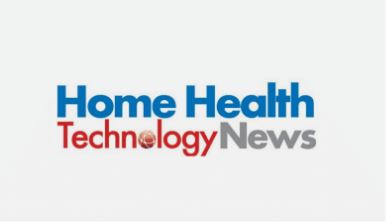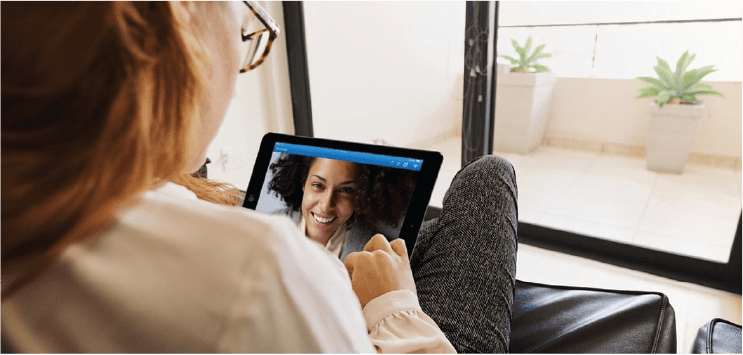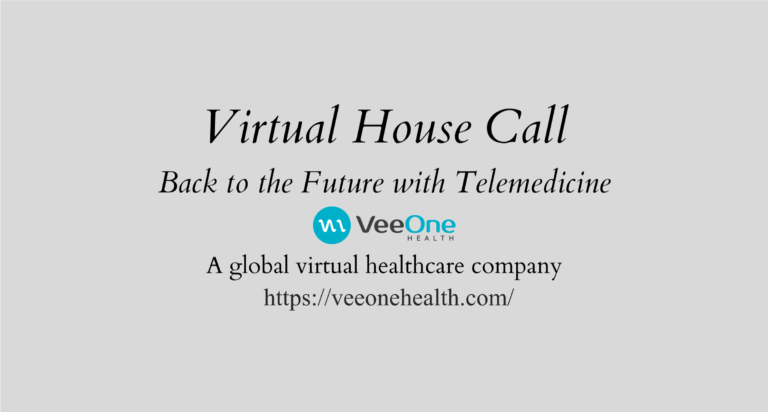There are a number of factors that impact healthcare utilization in the United States. For example, there is less access to healthcare in rural areas than in urban and suburban areas, less access by people of color than by white people, and less access by those with lower incomes than those with higher incomes. Yet even considering that these and other factors create uneven healthcare utilization, there is ample evidence that a physician shortage exists in the U.S., and that the problem will worsen over the next decade.
According to a report published by the Association of American Medical Colleges (AAMC), if all Americans utilized healthcare to the extent that white people with health insurance who live in urban and suburban areas do, the country would have an immediate shortage of 95,100 physicians. Even considering current utilization patterns, the AAMC estimates that, by 2030, there will be a shortage of up to 49,300 primary care physicians and up to 72,700 specialists. This is attributed in part to the aging of the U.S. population and the ultimate retirement of the physician population.
Thinking Outside of the Box
In order to combat these alarming physician shortages, its necessary to think outside of the box. Telemedicine is increasing assuming a central role in filling the gaps created by specialist physician shortages. Here are four healthcare environments where telehealth is playing a starring role.
Rural Areas:
Physician shortages have fueled hospital closures in rural areas. Those hospitals that remain face challenges in hiring specialists hesitant to relocate to rural counties and may count on telespecialists to deliver care. For example, given that four in ten Americans dont have ready access to acute stroke care, the American Heart Association adopted a policy stating that telemedicine is an effective solution for many small or underresourced hospitals to access acute stroke expertise on demand.
Long-Term Care:
Although patients in long-term care have a variety of health conditions, the small population of patients precludes long-term care facilities from employing specialists. Instead, patients in need are often transported to emergency departments. Telemedicine can prevent many of these transports, thus reducing costs and decreasing risks. Researchers have found that telemedicine can improve the outcomes of long-term care patients with pressure ulcers, and a literature review revealed that providing access to telespecialists was both efficacious and cost-effective.
Veterans Administration:
The challenges faced by the Department of Veterans Affairs in delivering care to the nations warriors is well-documented. While policymakers wrangle with issues like antiquated medical record keeping and the VA Choice program, telemedicine has stepped into the breach to deliver care to veterans. Studies have vouched for telemedicines efficacy in providing psychotherapy to those with PTSD, screening for diabetic retinopathy, and evaluating and treating urologic conditions, among others.
Employer Clinics:
Large employers (those with more than 1,000 employees) are jumping on the health clinic bandwagon, with about a quarter offering onsite care that goes far beyond occupational medicine. Employers have discovered that providing healthcare at the workplace increases productivity, decreases absenteeism, boosts employee morale, and saves money. Telespecialists are an integral part of the equation, delivering on-demand consultations and timely treatment plans.
Physician shortages are rampant across the U.S. and expose a gap that is even greater when it comes to physician specialists. Telespecialists help to fill that gap in a variety of settings, ranging from the remote countryside to corporate headquarters.
VeeOne Health is a leading provider of turnkey telemedicine solutions. VeeOne Healths telespecialists deliver care wherever the patient may be. The companys technology is powered by VeeOne OS, and encompasses the VeeDoc iOS app for telephysicians, the patient-side VeeKart telemedicine cart, and VeeOne Healths administrator portal. For more information or for a demonstration, please call XXX-XXX-XXXX.





